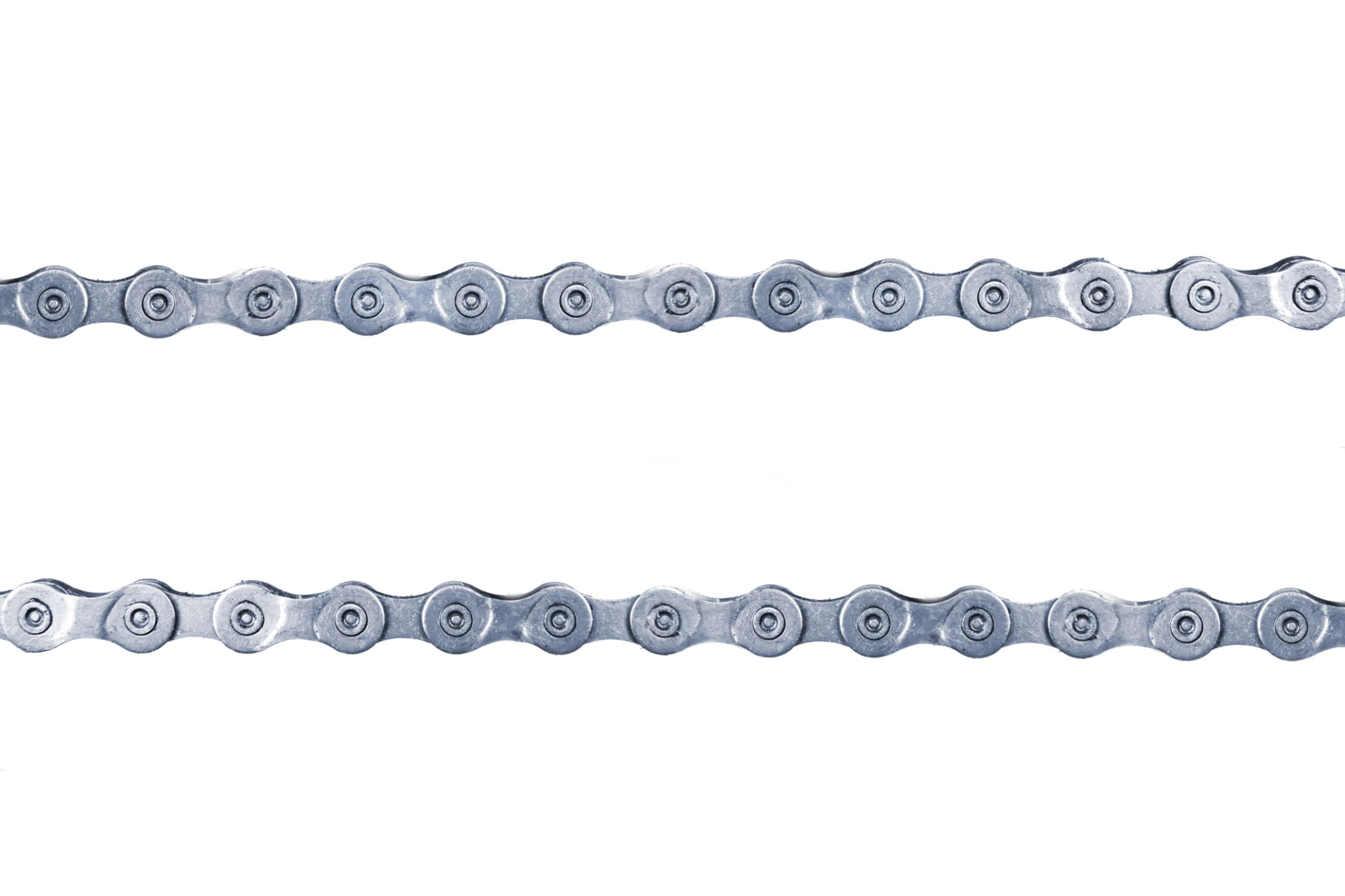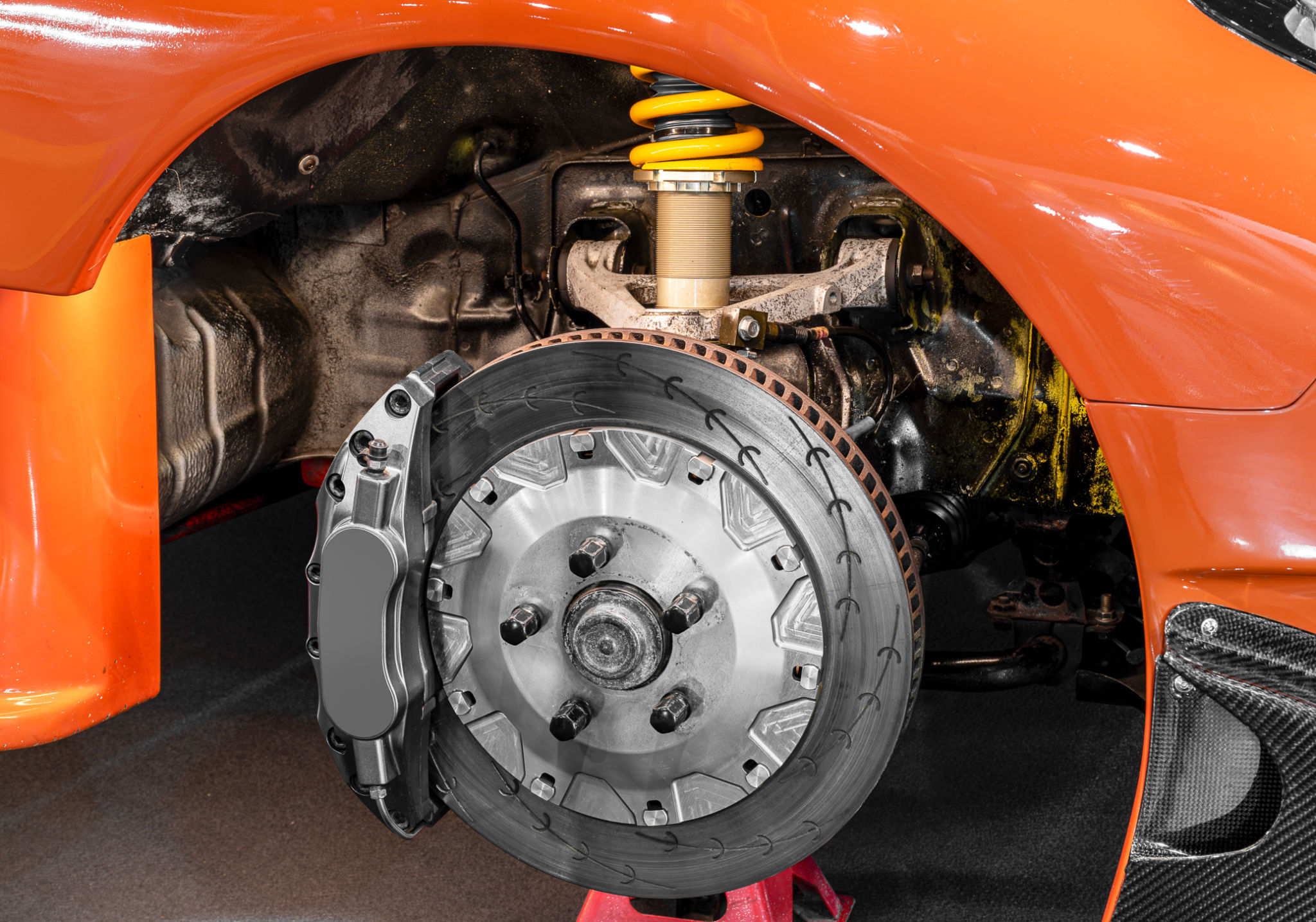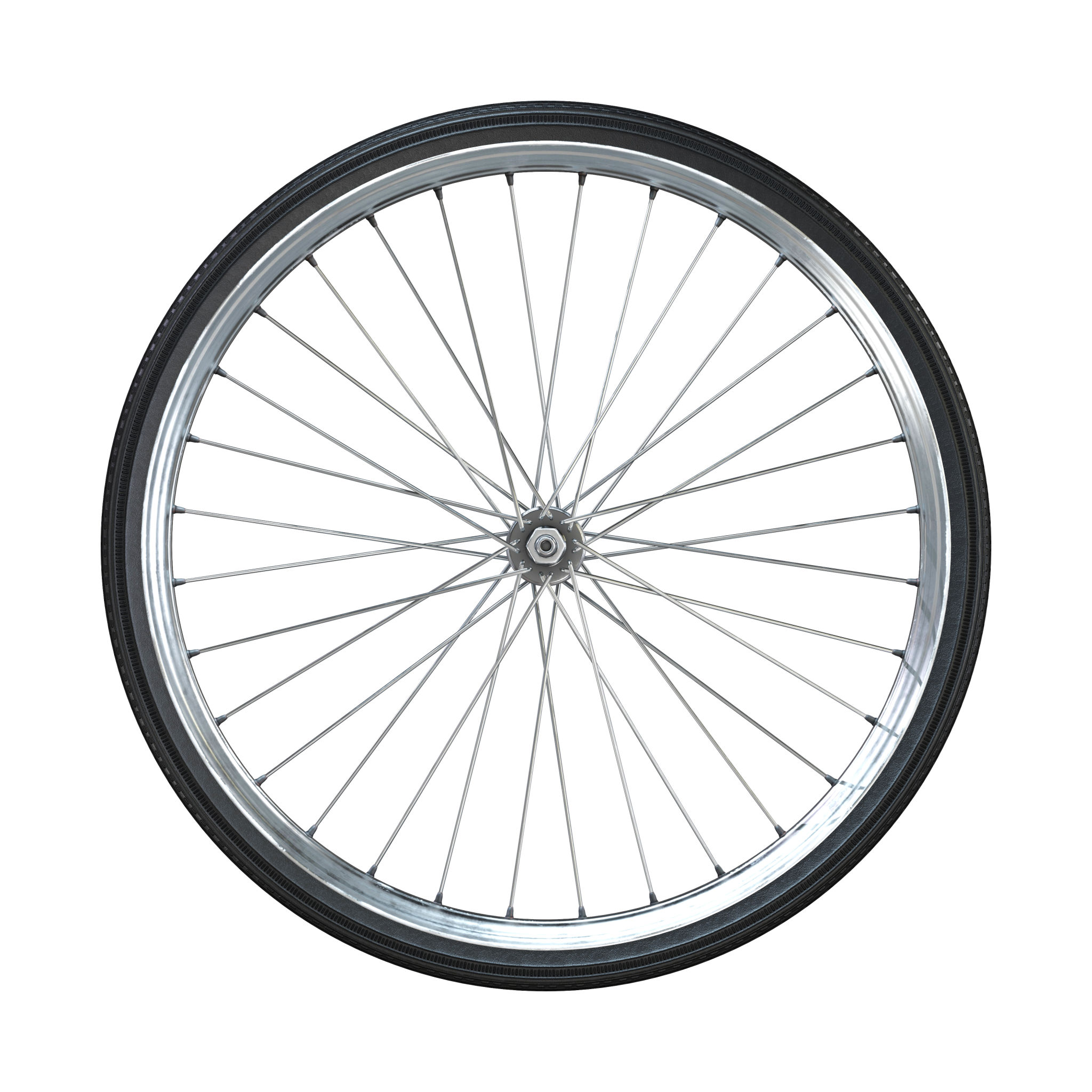Common Bicycle Repair Myths Debunked by Leesburg Experts
Understanding Bicycle Repair Myths
Whether you're an avid cyclist or a weekend rider, understanding proper bicycle maintenance is crucial. However, the world of bicycle repair is filled with myths that can lead riders astray. Our Leesburg experts are here to debunk some common myths and provide you with accurate information to keep your bike in top condition.

Myth 1: You Need to Replace Your Chain Every Year
Many cyclists believe they must replace their bike chain annually. While regular maintenance is key, replacing your chain every year isn't always necessary. Chain wear depends on usage, riding conditions, and maintenance habits. Instead of following a strict timeline, regularly check your chain for wear using a chain checker tool. Replace it when it reaches about 0.5% wear to prevent damage to other components.
Myth 2: WD-40 is a Suitable Lubricant for Chains
WD-40 is a popular household item known for its versatility, but it's not an ideal lubricant for bicycle chains. Though it can be used as a cleaner, it lacks the necessary properties to provide long-lasting lubrication. For optimal performance, use a dedicated bicycle chain lubricant that suits your riding conditions, whether wet or dry.

Proper Brake Maintenance
Brakes are a vital component of any bicycle, ensuring you can stop safely and efficiently. Unfortunately, several myths surround their maintenance, leading to potential safety issues.
Myth 3: Tightening the Brake Cables Improves Brake Performance
While it might seem intuitive, simply tightening brake cables isn't the best way to improve brake performance. Instead, regularly inspect brake pads for wear and adjust the brake calipers to ensure they are aligned properly with the wheel rims. This will provide more effective braking than just tightening the cables.
Myth 4: Disc Brakes Require No Maintenance
Disc brakes are often touted as maintenance-free, but this is far from the truth. To keep them functioning optimally, regularly clean the rotors and check for any warping or damage. Also, inspect the brake pads for wear and replace them as needed to ensure effective stopping power.

The Truth About Tire Pressure
Maintaining proper tire pressure is essential for a smooth and safe ride. However, misconceptions about tire pressure can lead to discomfort and increased risk of flats.
Myth 5: Higher Tire Pressure is Always Better
Many riders believe that inflating tires to the maximum pressure listed on the sidewall will enhance performance. In reality, overly inflated tires can lead to a harsh ride and reduced traction. It's important to find a balance that suits your weight, riding style, and terrain. Consult your bike's manual or local expert for guidance on optimal tire pressure settings.
Myth 6: Puncture-Proof Tires Exist
While manufacturers offer puncture-resistant tires, no tire is completely puncture-proof. These tires provide added protection against flats but still require regular inspection for embedded debris like glass or thorns. Additionally, using tire liners or sealants can further reduce the risk of punctures.

Consulting Local Experts
When in doubt about bicycle maintenance, consulting local experts like those in Leesburg can be invaluable. They offer personalized advice based on your specific bike and riding habits. Remember, keeping your bicycle in excellent condition not only enhances performance but also ensures safety on the road.
By debunking these common myths and following expert advice, you'll be well-equipped to maintain your bike effectively and enjoy many smooth rides ahead.
